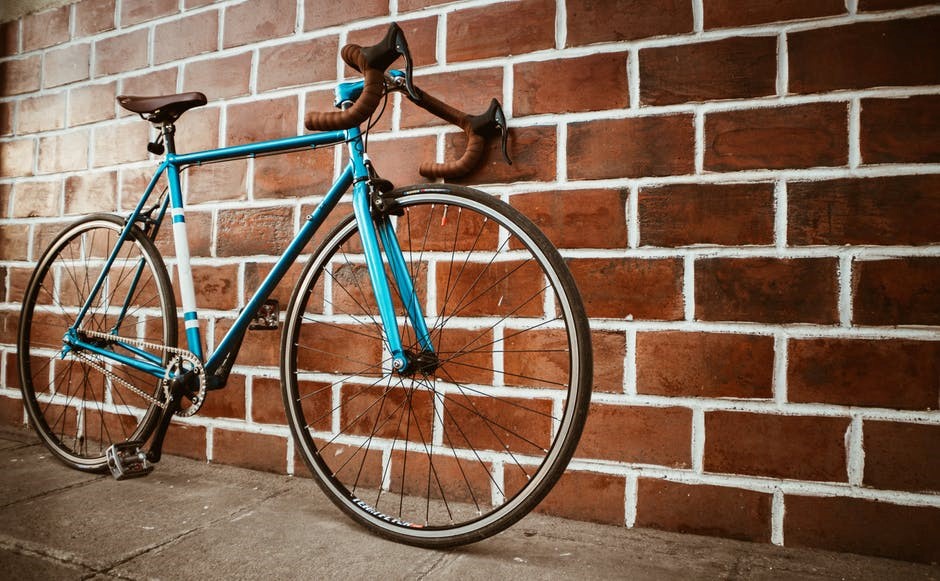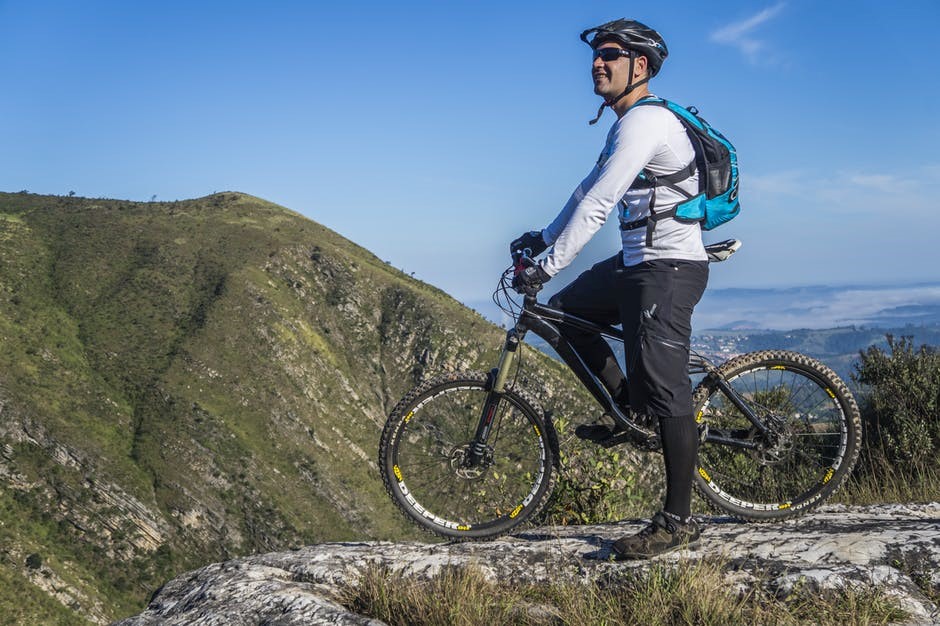Whether it was getting a new bike for Christmas as a kid or buying a used bike online and teaching yourself in an empty parking lot, everyone can remember getting their first bike and taking that ride! It’s an amazing feeling to be able to get on a bike and discover the world around you. My love of riding started with my family’s weekly Sunday bike ride to the park as a kid.

If you’ve been cycling for years, another thing you may have experienced, but would probably like to forget, is a long bike ride where you were just so uncomfortable on your bike you couldn’t wait to be done with the ride. That instance for me was a bike ride I took in college when my friends and I decided to ride the 60 miles from San Francisco to Santa Rosa with 30 lbs of gear on our backs in order to camp for the weekend. It was the most painful ride I had ever experienced where I was just counting down every mile ready for the back, neck, knee, and wrist pain to be over. NOT the way to enjoy a ride, and I’ll never forget it.
One of the most frequent sites of pain that cyclists will report is the low back. A recent retrospective study found that low back pain was responsible for 45% of all non-traumatic injuries in professional cyclists, while another survey found that 30.3% of recreational cyclists are affected by low back pain.

So how can you combat these statistics and avoid low back pain while riding? One way is to ensure you get a bike that is a correct size for you and get it fitted. Local bike shops will help fit you if you bought your bike from them, and for the most part, they do a decent bike fit for the recreational rider. However, some issues that come out of these bike fits is that bike shop owners know a lot about bikes, but they are not experts on human anatomy and biomechanics.
Bike store fits will try to follow the same guidelines of looking at seat height to inseam ratio, knee flexion angle, plumb line from knee to pedal spindle, and elbow flexion angle so that every person is fit the same way to their bike. However, reality is every rider is unique in their anatomy, flexibility, strength, and preference for motor patterns that it doesn’t work to fit every rider the same. These guidelines are really a set of ranges and it takes a movement expert to be able to analyze and understand how to modify each of these factors to get a rider properly fitted to their bike. This is especially true if the rider is experiencing a pathological injury.
For example, when a rider has low back pain, it isn’t ALWAYS a matter of finding the right seat height and handle bar placement to reduce strain on the low back, you have to look at what they actually look like on their bike while they are riding and also figure WHY they are in that position. One of the primary contributing factors related to low back pain in cyclists is prolonged forward flexed posture, especially if the flexed posture is excessive.

Now this posture may occur because the handle bars are too low or too far away from the rider, but it also may occur because the rider has significant hamstring tightness causing them to posteriorly tilt their pelvis and flex their lumbar spine while riding to avoid hamstring or sciatic nerve irritation. It may also occur because the lumbar paraspinals, the muscles that hold the back erect, have poor endurance and the rider isn’t able to hold themselves in the correct posture for long. It can even be that the bike is perfectly fitted to the individual and they have good muscular endurance, but they are simply riding in that position without knowing it!!
A physical therapist or biomechanics expert who has experience doing bike fits and treating cyclists will not only fit the bike to the rider, but also help the rider find what they can change (flexibility, postural endurance, strength, muscle activation) to be in cycling shape. They will look at tissue flexibility, postural endurance, muscle strength/activation, and provide education on what position riders should be in on their bike, pedaling technique, and how to engage the proper muscles while riding.

Sometimes such a simple thing like tilting the seat down a few degrees to help a novice rider roll their pelvis forward and maintain a flatter back will make all the difference. Bike rides that are pain free are so much more enjoyable because you can just take in the scenery around you without thinking about your back.
Here at Competitive Edge Physical Therapy, we help cyclists find the perfect fit for their bike and type of riding. Whether you are an experienced cyclist or triathlete who wants to set a new PR this season, or a beginner who is struggling to find a comfortable position on your bike, the measurement and biofeedback equipment we use will ensure you get an awesome fit and learn how to ride pain free on your bike!

What sets Competitive Edge apart from other PT clinics is our IMU sensor technology which measures kinematic joint angles to be measured while riding. This dynamic bike fit not only allows you to see joint measurements while riding, but also how you move on the bike and which muscles are most active!
If you have any questions regarding our dynamic bike fit, feel free to call our clinic here in San Jose 408-784-7167 or visit us online at www.compedgept.com. Now get out there and enjoy the ride!!
